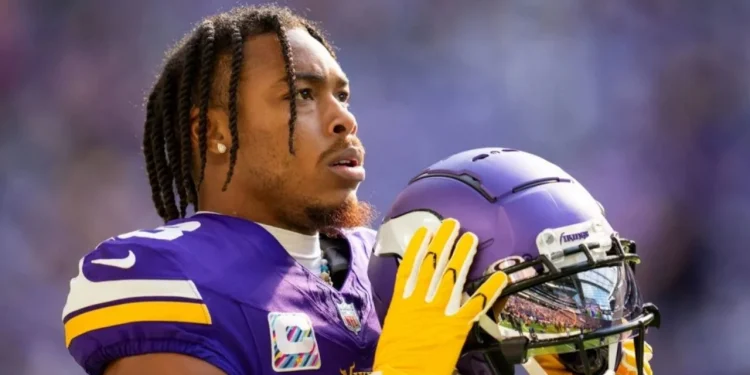In the high-octane world of the NFL, the role of wide receivers is undergoing a significant transformation. As contract negotiations become as strategic as the plays on the field, stars like Minnesota Vikings’ Justin Jefferson are at the forefront of a pivotal shift in the league’s salary dynamics.
With the NFL’s salary cap and revenue on the rise, Jefferson is poised to set a new benchmark for wide receiver pay, potentially becoming the highest-paid non-quarterback in the league.
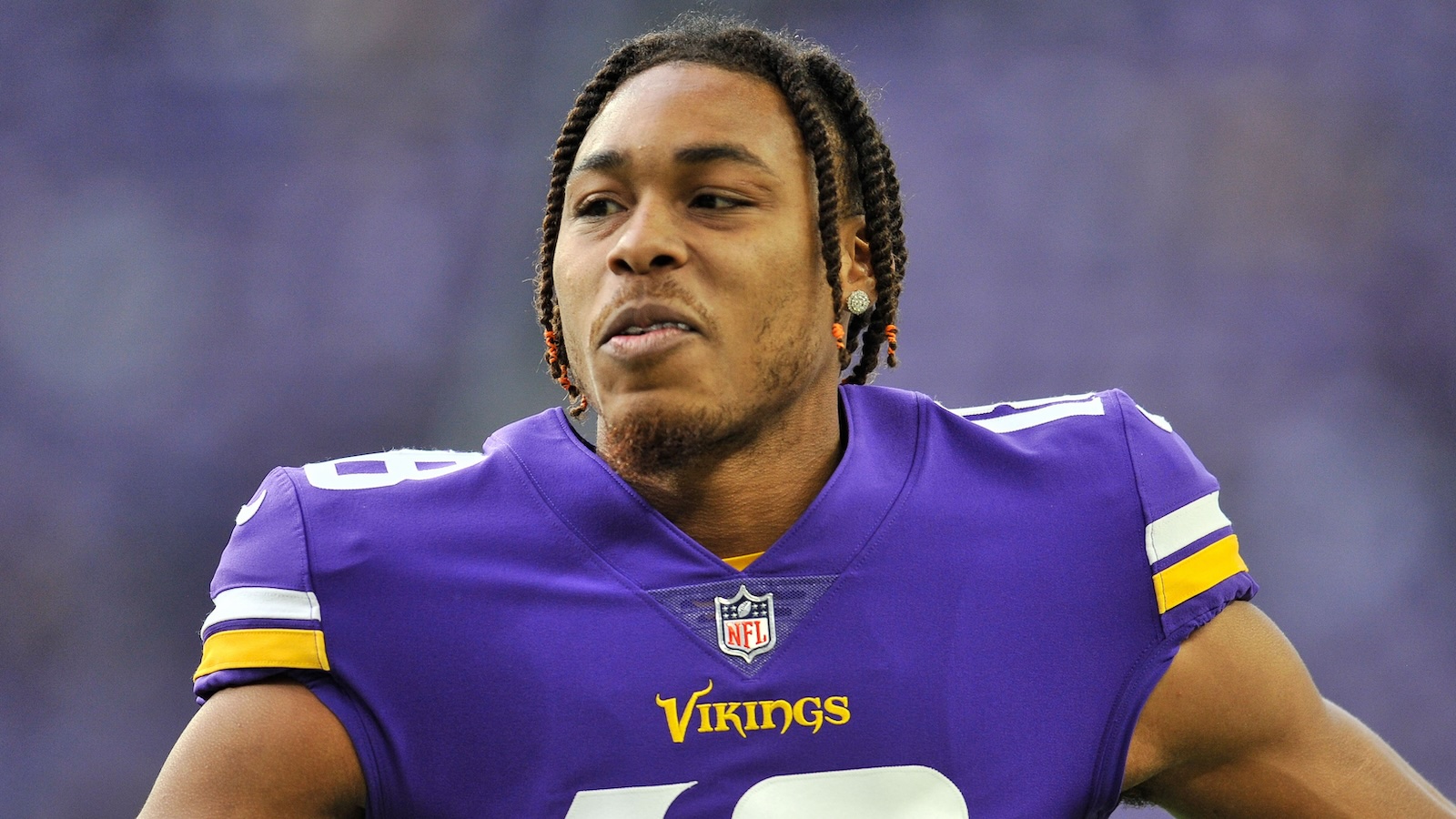
The Domino Effect in Wide Receiver Contracts
Justin Jefferson, alongside peers like Brandon Aiyuk of the San Francisco 49ers, Tee Higgins of the Cincinnati Bengals, and CeeDee Lamb of the Dallas Cowboys, finds himself in a waiting game. These top-tier wide receivers are eyeing the market, anticipating the first major deal to set the standard for their own negotiations.
This collective pause is reflective of broader trends affecting elite athletes in the NFL, where timing and precedent play crucial roles in contract talks.
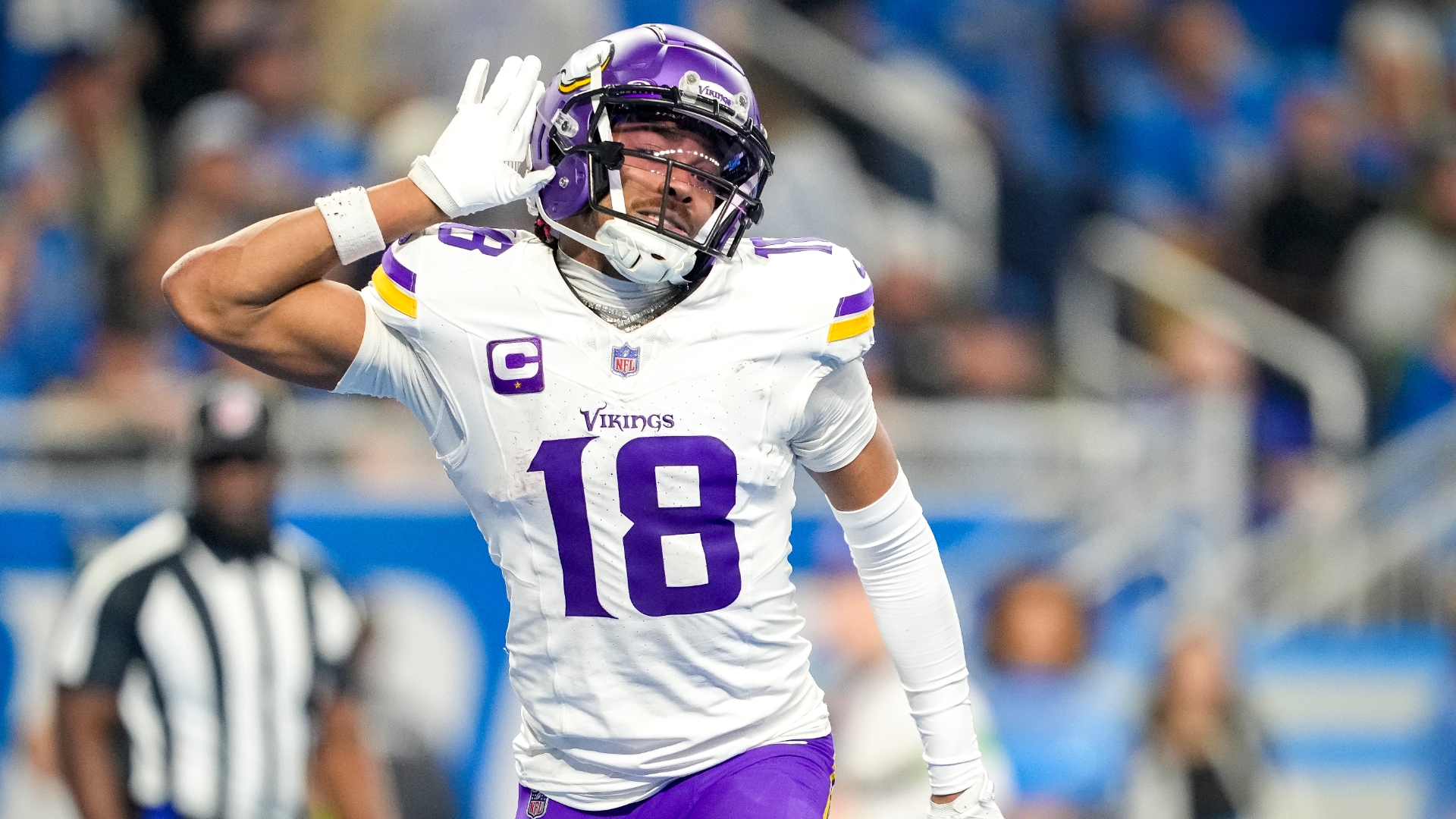
Speculations on Market Sustainability
The sustainability of skyrocketing wide receiver salaries has been a hot topic among NFL analysts. Mike Florio of ProFootballTalk has raised concerns, suggesting that the wide receiver market might face a downturn similar to what has been seen with running backs.
As teams have increasingly turned to the NFL Draft to find replacement running backs, a similar trend could emerge for wide receivers. The ample supply of talented young receivers could lead to a decrease in demand for expensive veteran contracts.
Former NFL scout Bucky Brooks supports this viewpoint, noting the potential shift toward drafting younger, more cost-effective players, especially for teams with highly paid quarterbacks. “There are so many young [wide receivers] in the college pipeline with ‘plug-and-play’ potential that teams could opt to draft and replace elite veterans with younger, cheaper players,” Brooks commented.
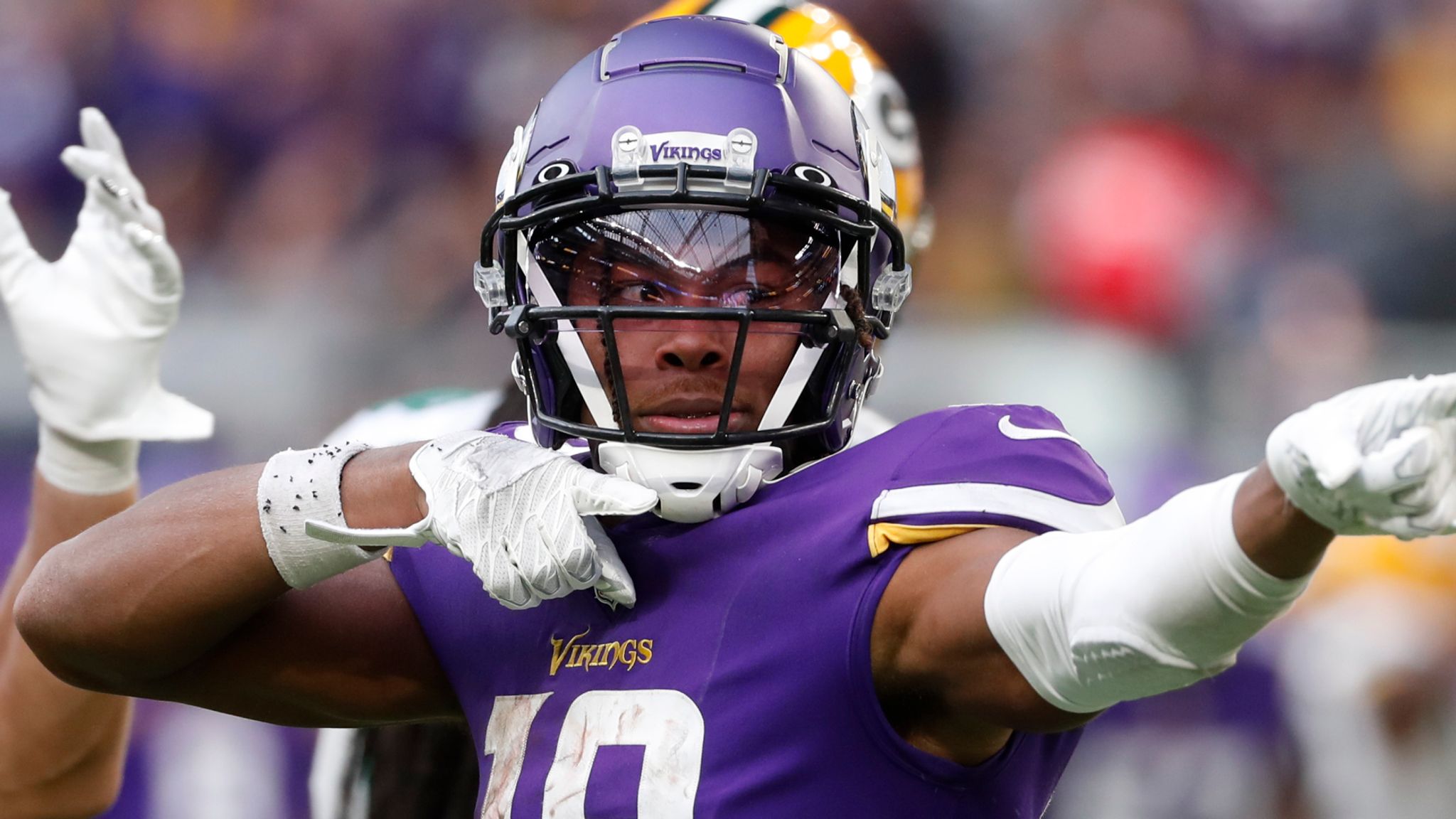
The Critical Role of Wide Receivers
Despite these economic considerations, the intrinsic value of seasoned wide receivers cannot be understated. The chemistry and timing between a quarterback and a wide receiver are crucial, often taking years to perfect. This connection is vital for offensive success and is not easily replicated with newcomers, regardless of their potential.
The Impact of Losing Star Wide Receivers
The consequences of undervaluing star wide receivers are evident in several NFL teams. The Tennessee Titans faced backlash and significant internal changes after trading away A.J. Brown and failing to adequately replace him. Similarly, the Green Bay Packers struggled offensively after Davante Adams left for the Las Vegas Raiders, highlighting how crucial he was to Aaron Rodgers’ success.
Conversely, the Kansas City Chiefs, despite winning two Super Bowls after parting ways with Tyreek Hill, have seen a noticeable decline in their passing game, emphasizing the impact of losing a high-caliber receiver.
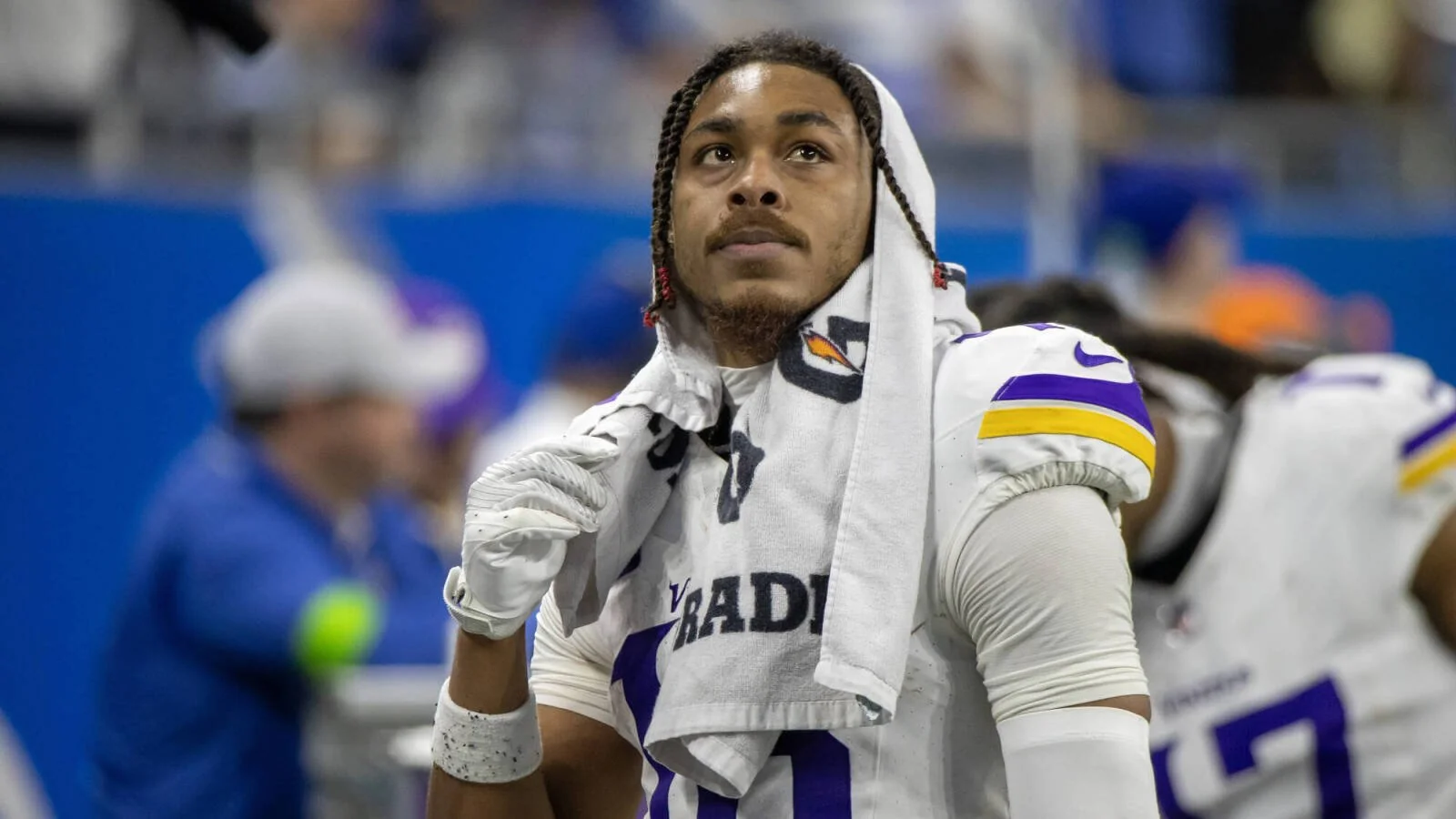
The Future of Wide Receiver Contracts
As negotiations continue, the importance of strategic patience becomes apparent. Players like Jefferson are not just negotiating for themselves but are setting the stage for future contracts across the league. With wide receivers proving their worth by transforming offenses and enhancing quarterback performance, the market for their skills remains robust.
In conclusion, the evolving dynamics of NFL contracts for wide receivers reflect a complex interplay between economic strategies and the undeniable value of proven talent. As teams navigate these waters, decisions made today will likely resonate through future seasons, shaping both careers and the competitive landscape of the league.
Sources: Fansided


